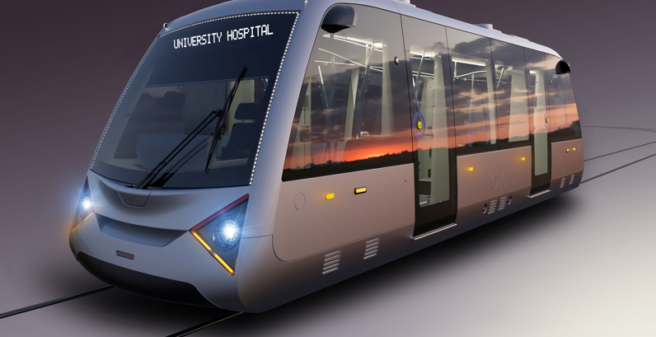
Research
More than in other countries, the United Kingdom is requesting a high degree of competitiveness in terms of investment and operational costs of public transport. Ideas and prototypes for lightweight, low emission and cheap rolling stock to operate on existing low-density railway lines, and for new tram systems to operate in smaller cities have been lingering for decades. A small regional train shuttle has been operating since 2009 with three short Class 139 ‘Parry People Mover’ railcars on the 1.3 km Stourbridge – Dudley branch line in the suburbs of Birmingham. A very light tram, Trampower’s ‘City Class’ Tram, a 29 m long prototype that weighed just 750 kg/m has been tested between 2000 and 2007 on the tram networks of Blackpool and Wirral.
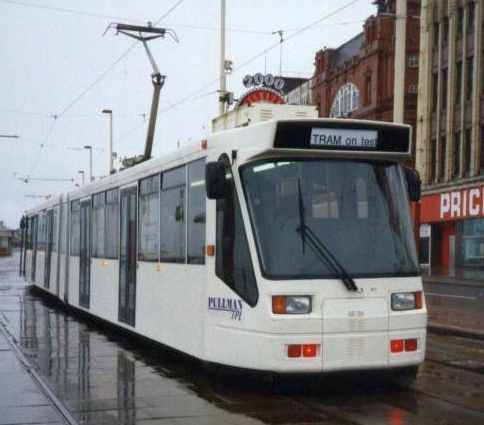
A new boost is now given to both lightweight train and tram projects by the Very Light Rail National Innovation Centre (VLRNIC), a prototype assembly workshop for rolling stock and infrastructure elements, including a test track, research laboratories and training facilities. The construction of the VLRNIC is underway and should be completed by December 2021. But the first test track will already be available in January 2021 to allow testing of the “Shuttle” tram from February, and the “Revolution” railcar prototype vehicles, both of which are currently under construction. With the support of Dudley borough council the required £27.75m of initial funding have been secured so far, and a further £7.35m is needed for the centre’s operations, a temporary workshop and a test track extension to become a loop.
Railcars
The projected 18 m long “Revolution” railcar should weigh less than 1 tonne per metre and its price target stands at 0.65 m£ (0.71 m€) – about a third of the current market price level for such vehicles. Grant funding to support half of the costs of the R&D project of £5.5m, including the prototype, is provided by the Department for Transportation (DfT) via the Rail Safety and Standards Board Ltd (RSSB). A consortium that funds the other half of the project cost has been formed. It is led by Transport Design International Ltd (TDI) and includes the University of Warwick (WMG), Cummins, Eversholt Rail, RDM, Transcal and Prose.
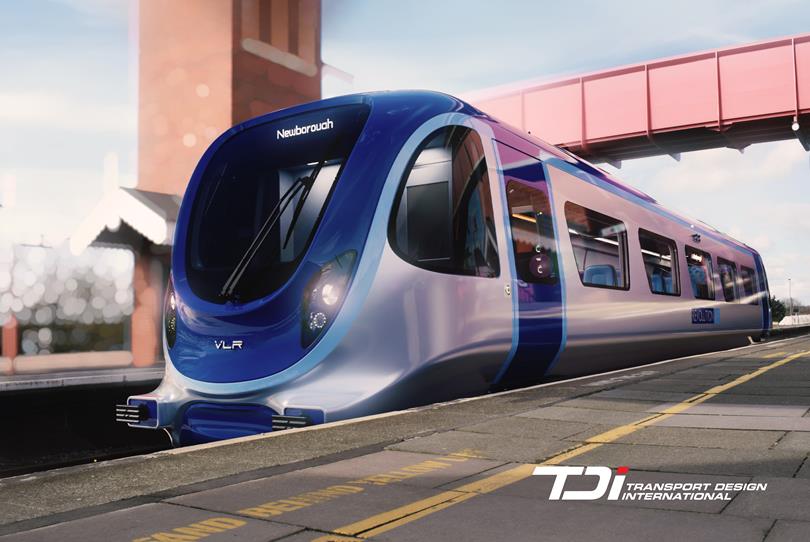
Tram systems
The 11 m long, very light “Shuttle” tram vehicle should be equally light and cheap. But the philosophy behind the “Shuttle” goes much further. The light vehicle will allow for a shallower track form that can be laid quickly and with virtually no diversion of underground utilities. The system should thus cost around 10 m£ (11 m€) per kilometre compared to the usual level of 25 to 50 m€ in the UK and on the continent. The track development commenced at the beginning of May 2020 with Ingerop as an innovation partner to work alongside WMG. First prototype elements for the novel track will become available for testing in mid-2021. If successful, smaller cities would so be able to afford a tram system, such as Coventry who have secured the funding from the Coventry and Warwickshire Local Enterprise Partnership (CWLEP) and West Midlands Combined Authority (WMCA) to deliver the “Shuttle” research. Coventry City Council has concluded that a modal shift away from cars is the only way to reduce congestion and emissions – this has been clearly demonstrated where tram systems have been implemented while bus systems do not benefit from such an effect [1]. But they found existing light rail solutions too expensive and this led them to request funding from the CWLEP and WMCA for the R&D project to develop a lower cost solution for which the University of Warwick (WMG) was contracted. Coventry wants to build a first 7 km line to run from Coventry railway station through the city centre and then onto the University Hospital Coventry and Warwickshire (UHCW) in the North East of the city. With £14.6m, most of the R&D funding, including the prototype “Shuttle” which is under construction, is secured. To get the Coventry tram project underway, WMCA is expected to invest a further £44.2m to fully develop the autonomous driving system and to design the first route and depot as well as to partially finance the first line.
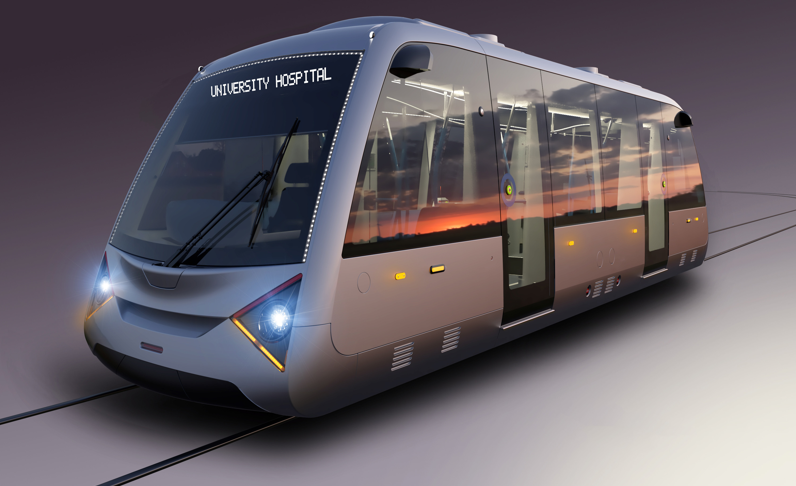
Feasibility
The Swiss and French rolling stock industry had built very lightweight rolling stock in the 1930’s and 1950’s, such as the 12.7 m long partial low-floor tram Ce 2/4 for Basel that weighed 11.8 t or 930 kg/m, or various versions of ‘Micheline’ rubber-tyred railcars that weighed less than 900 kg/m. Modern buses are equally light. The UK ‘City Class’ tram prototype was even lighter. But conventional trams nowadays weigh around 1500 kg/m and regional trains even more. A scientific approach, even if air-conditioning, crashworthiness and other modern features are included, should therefore allow to build such light vehicles.
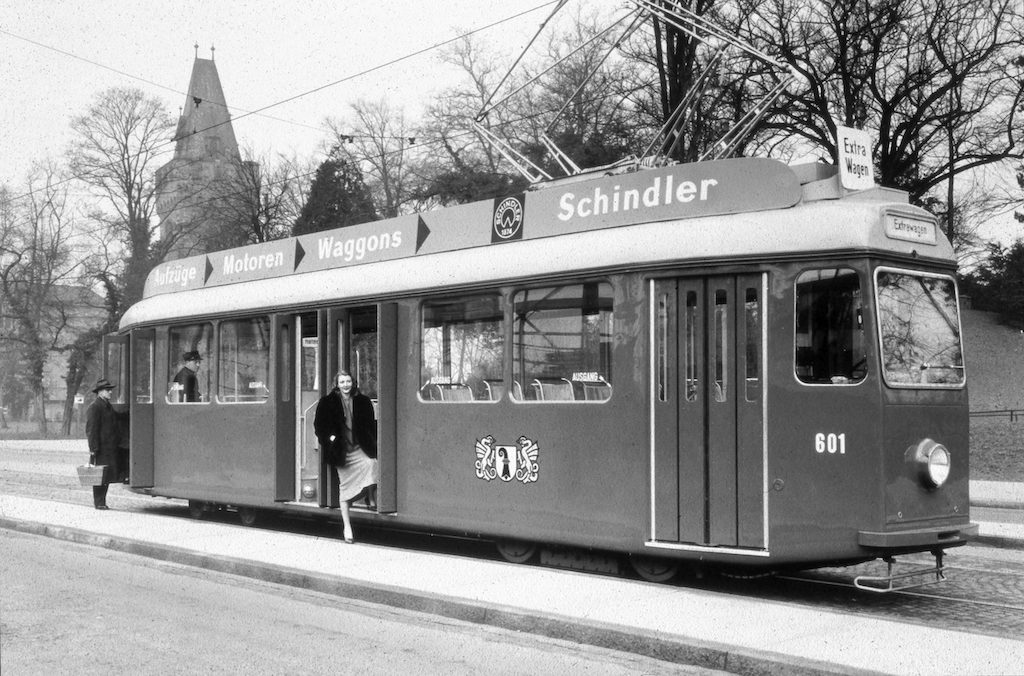
Lightweight and easy to install tram tracks that do not need important diversions of utilities and that can be built without major traffic disruptions have already been proposed in the past in the UK. One such type of track, the ‘Lewis LR55’ system has even been tested on the Sheffield Supertram network.
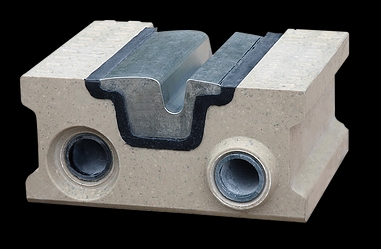
These examples demonstrate that it is not unrealistic to assume that if there is a will and sufficient funding and engineering brain dedicated to both these undertakings, it should be possible to reach the weight targets. It might be more difficult to match the low-price objectives. Experience has shown that lightweight designs tend to be more expensive than heavy constructions.
Once the rolling stock and track prototypes are ready, we will report again here in Urban Transport Magazine.
References:
- [1] Hass-Klau, Carmen et al.: Bus or Light Rail: Making the Right Choice, Brighton, 2003


Excellent article and fascinating historical details. Thank you. I’m surprised the Class 139 hasn’t found other applications.
I wonder if they new laid down track will have similar problems with subsidence that has affected some busways and guided bus paths.
What is the “crash test” standard a tram or LRT vehicle has to pass? Maybe if they are speed limited and operate only in streets with lower speed limits the requirements would be less?
There are videos on YouTube of LRT collisions with trucks. I recommend the following showing the Prague trams. https://www.youtube.com/watch?v=qinF8Azew3Y
Your questions are absolutely pertinent, and I hope the projects are now sufficiently advanced so that I can further report in the near future.
Another interesting attempt at reducing the dead-weight of railway vehicles is the Aeromovel system developed in Brazil in the 1980s. It claims “carrying 2 to 3 times more people per ton of deadweight than most alternatives” as it carries no traction equipment at all but is instead propelled by a fan in an air duct under rails.. (see: http://www.aeromovel.com/technology.htm). Being elevated I suspect they have even less to worry about for crash certification. There is also an intrinsic air-brake between vehicles although the operating exhaust vents in the duct may neutralise this effect.
The third revenue Aeromovel system (an airport APM at São Paulo/Guarulhos International Airport) has been approved for construction. (The first system, opened at a park in Jakarta in 1989, was converted do diesel power in 2019.)
It is also the design for the consortium proposing to build a metro in Accra, Ghana. ( see Accra Skytrain – Wikipedia)
Thank you, as I see in WikiPedia there is no really working Aeromovel system. What might be the reasons?
There is one operating line in at the Porto Alegre airport in Rio Grande do Sul, Brazil)
see: en.wikipedia.org/wiki/Metro-Airport_Connection
—-
I think the basic problem is the novelty of the design (combined with conservatism of planners), single supplier anxiety and competition from more from familiar designs like monorail which have a narrower beam and thus less visual pollution. In my opinion it would have been a better solution for the Detroit People mover or the San Juan metro in Porto Rico.
My guess is that the “local” (i.e. Brazilian) experience of the Metro-Airport Connection was crucial in getting the contract for the four station system at São Paulo/Guarulhos International Airport”. This in turn may lead to other project.
There have been reports this year (2021) on reviving the Aermovel project in Canoas (also in Rio Grande do Sul) . However Wikipedia says the population is only 350,000, which seems very small to me for an elevated rapid transit system.
—-
I would recommend reading the following from 2015:
Innovative Technologies for Light Rail and Tram: A European reference resource
Briefing Paper 8 Additional Fuels – Aeromovel System September 2015
… which concludes …
“Future Prospects and Transnational Relevance
While there are currently no Aeromovel-style projects under development, the potential for more Aeromovel systems to be implemented in the developing world is significant. Temperate conditions are favourable to the implementation of atmospheric railways and with projects successfully running in Jakarta and Porto Alegre more interest will likely be generated in the technology as methods develop further.”
http://www.polisnetwork.eu/wp-content/uploads/2019/06/aeromovel-system-2-finalpolis.pdf
Richard,
Thanks for mentioning some of the R & D I undertook to reduce the cost and improve the economic performance of tram and light rail systems. Breaking into the market is the real challenge, when purchasers want three previous contracts which nearly makes it impossible to get innovation operational. This is one of the reasons there are a number of privately promoted and funded tram projects in Britain.
Tim J asks about crash tests for trams. This has rarely been undertaken for new trams. The City Class tram was crash tested and the data collected used to calculate the buffing load, which was over 600kN, compared to the EN of 200kN. The windscreen (laminated) was shattered and the traction motor fan cowling was distorted, and both had to be replaced.
More supporting information is available.
Kind regards,
Lewis